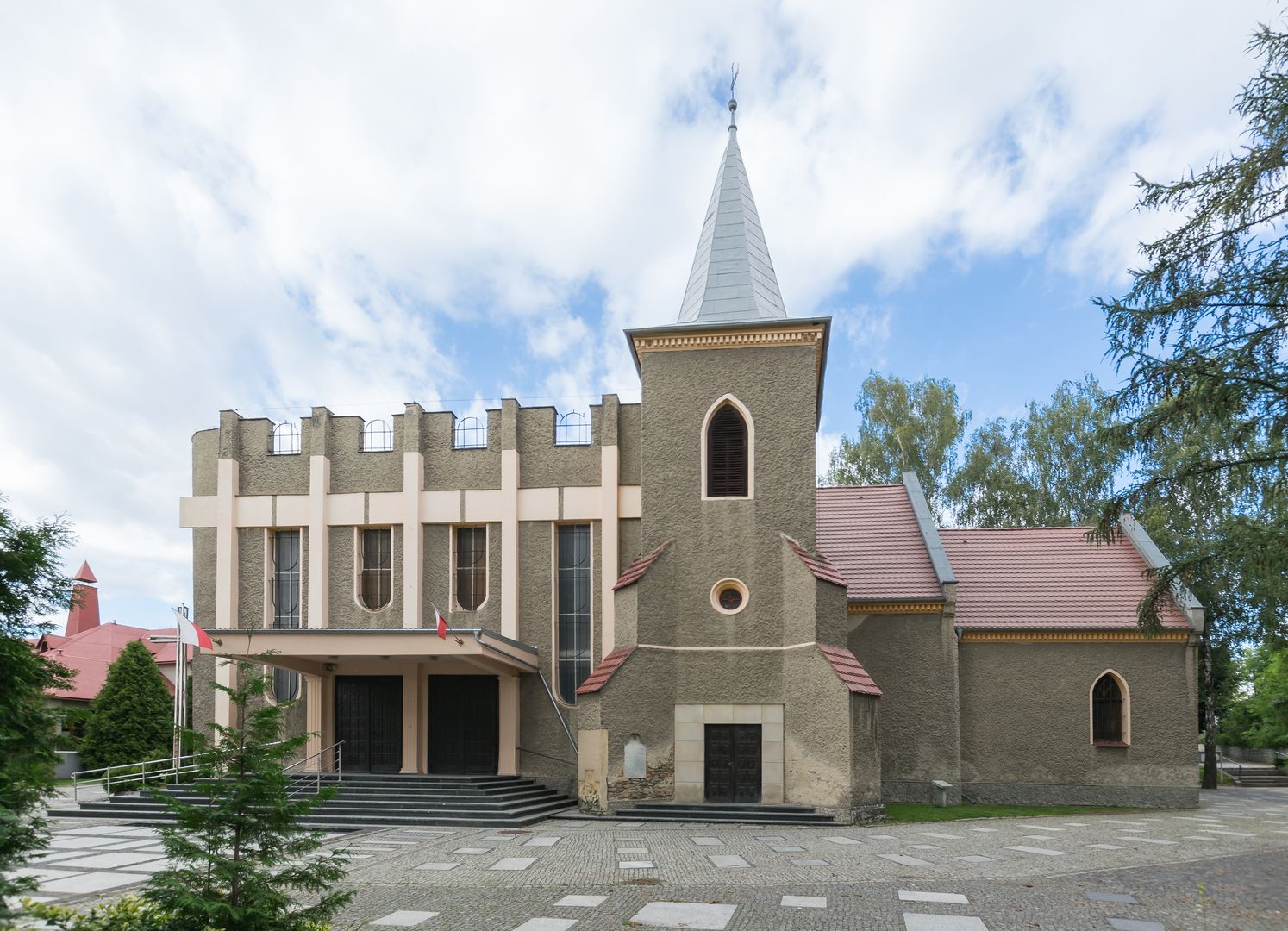Piława Górna
6.84

Overview
Piława Górna, located in southern Poland in the Dzierżoniów Valley, boasts a rich history dating back to the first half of the 12th century. In the Middle Ages, it was a service settlement associated with the stronghold of Niemcza, and in later centuries it became a border town of three duchies. In the 15th century, it came under Hussite influence. During the 17th to 19th centuries, the area was the site of numerous wars, including the Silesian Wars. In 1740, thanks to the religious tolerance of Frederick II, the Moravian Brethren settlement of Gnadenfrei was established. The town developed thanks to the textile and stonemasonry industries, especially after gaining railway connections in the 19th century. In 1928, several localities were merged under the single name Gnadenfrei, and after World War II, Piława Górna became part of Poland. In the 20th century, the town continued its industrial traditions and also became home to various sports clubs, including the Piławianka club. Architecturally, it features landmarks such as the parish church of St. Martin, a palace and park complex, as well as 18th-century Moravian Brethren houses. The town's culture revolves around the Municipal Cultural Center, which organizes events for residents, such as cyclical festivals and artistic meetings. An interesting fact is the Gnadenfrei meteorite, which fell in the town in 1879. Modern-day Piława Górna, despite a decline in population, remains an attractive place due to its landscape values and proximity to the Owl Mountains, as well as its developing service and industrial sectors.
Location
2025 Wizytor | All Rights Reserved